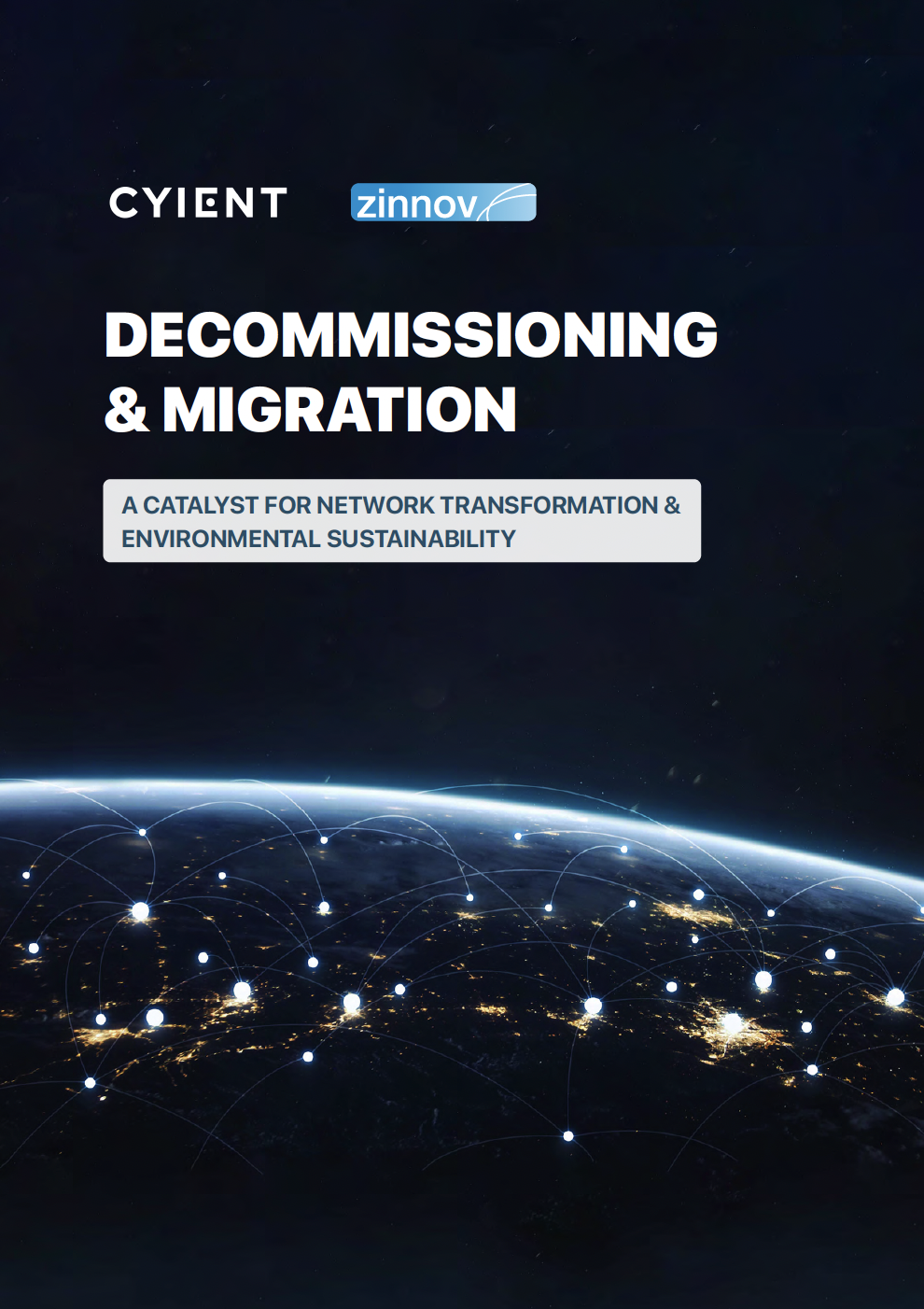Is decommissioning your legacy network infrastructure posing a complicated and expensive challenge? Phasing out is a dry phase in the asset lifecycle, nevertheless, it is important and in fact, strategic. Legacy systems take up substantial amounts of your IT budgets. They hike up your maintenance costs, consume more power, and lead to inefficiencies in your overall infrastructure. By retiring your legacy assets, you can improve customer satisfaction and effectively reallocate network expenses.
Cater to higher bandwidth requirements by removing legacy assets that have reached the end of their useful life
Optimize network capacity by deploying next-gen devices that deliver superior functionality
Remove unused physical and logical infrastructure assets to save on your power bills
We fully understand the pain points involved in the decommissioning process. Our methodology ensures minimal downtime during the change window, watertight validation and verification, and quick migration without manual errors. We take end-to-end responsibility, leveraging automation and our integration capabilities. Our approach is built on the solid foundation of our design and automation competence, deep technology experience, and our wide network of partners. The decommissioning process includes:
Deep domain knowledge in protocols including cloud, SDH (synchronous digital hierarchy), EoSDH (ethernet over SDH), PTN (packet transport networks), IP/MPLS (multi-protocol label switching), OTN (optical transport network), and WDM (wavelength division multiplexing).
Experience with all major equipment vendors, including Cisco, Juniper, Ericsson, Nokia, Ciena, ECI, and Nortel.
We have a wide set of ecosystem partners, such as Tier One, Enghouse, Subex and VC4, that we bring to bear on any project - from automated network discovery, to zero touch provisioning, to future capacity planning, allowing us to efficiently solve the challenge at hand.
We have been engaged in migration, decommissioning, and transformation projects for nearly a decade. Using a combination of on-shore and off-shore skill sets, we deliver in an agile manner, leveraging the optimal cost structure.
Major network providers rely on us to rationalize their network assets, and become more green, or migrate to newer technology with better footprint. Over the years, we have developed reusable design patterns, scripts for process automation, and project planning templates that allow us a fast start and on-time completion for any project.
The world is becoming bandwidth-hungry at an exponential pace. This is forcing countries globally to accelerate the shift towards fiber network and 5G. Upgrading existing networks and planning the “Networks of the Future” that are flexible, scalable, reliable, and sustainable have become the priorities for telecom companies of the world. As networks are becoming complex, there is a need to upgrade the wireline transport networks to nextgen technologies. And if we want to optimally plan these deployments, decommissioning and migration is an important aspect to consider. This whitepaper by Cyient and Zinnov, aims to establish the critical contribution decommissioning and migration can make in this endeavor of the telecom operators. It discusses the groundwork required before embarking on a decommissioning journey, the typical decommissioning process, key technology accelerators and the long-term impact decommissioning can have on the business as well as the environment.

The whitepaper draws from Cyient’s extensive experience in this space and research-based findings from Zinnov
*Suppliers, job seekers, or alumni, please use the appropriate form.